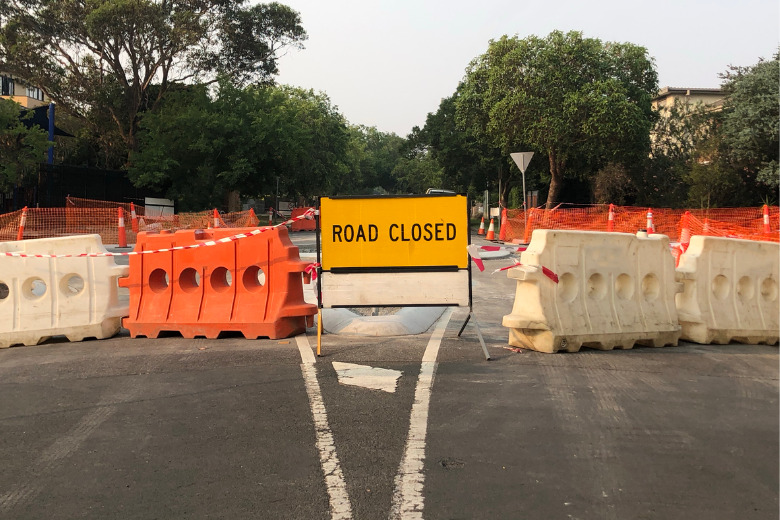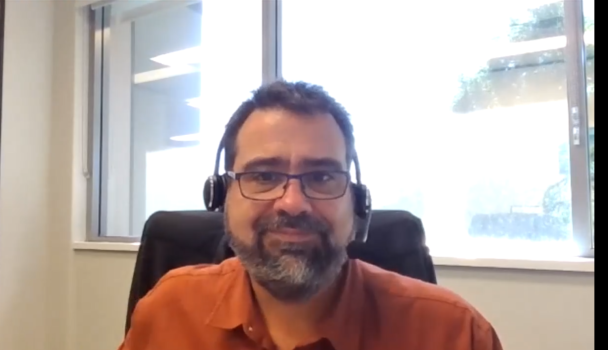
Changed traffic conditions at roadworks and construction sites can cause significant risk, but a new tool aims to help councils address these dangers.
The Institute of Public Works Engineering Australasia Queensland, the peak body representing those working in the public works sector in Queensland, has developed the Temporary Traffic Management Toolkit.
It was developed in response to concerns raised by local councils in adopting the new and mandatory Austroads Guide to Temporary Traffic Management (AGTTM), which was released in September.
Councils were concerned that the AGTTM would place an undue burden on work activities, particularly for roads with traffic volumes of less than 1,000 vehicles per day.
The toolkit will assist traffic management designers to prepare Traffic Management Plans (TMP), which are required for road projects, and associated Traffic Guidance Schemes (TGS) for low volume roads with up to 250 vehicles per day.
Although the toolkit is a Queensland-led initiative, it can be applied nationally.
Managing risks
In an online presentation about the toolkit back in August, Director of Professional Services for IPWEAQ Craig Moss said the management of risks is central to a traffic management plan.
The toolkit includes a reference document for the Traffic Management Plan, Project Planning Tool, standard forms, TGS Selection Tool and 115 TGSs.
The reference document provides governance and administrative information core to a traffic management plan, Mr Moss said.
“It actually takes your traffic management designer step-by-step through the process to come up with a good solution for the specific worksite.” – Craig Moss, IPWEAQ Director of Professional Services

“[It has] information you can use project to project, and you don’t have go through and duplicate effort with that, so it’s going to be consistent throughout the jurisdiction.”
The Project Planning Tool contains information pertaining to projects, along with a decision-making framework set up by councils and a risk-based decision-making matrix.
“It actually takes your traffic management designer step-by-step through the process to come up with a good solution for the specific worksite,” Mr Moss said.
“The risk-based decision-making matrix is key; it takes you through a series of questions and identifies control measures that will be put in place to mitigate that risk.”
There is also a scorecard to deal with residual risks after those control measures have been put in place.
Changes to planning
One of the biggest changes brought about by the AGTTM is around planning, according to Mr Moss.
“We haven’t done planning really well in the past,” he said.
Before the release of the AGTTM, local councils in Queensland relied on the state government’s Manual of Uniform Traffic Control Devices, which only had one paragraph on planning, according to Mr Moss.
“Now we go to the AGTTM and there’s 67 pages part to the guide which addresses what was previously inferred to in one paragraph, so there’s a lot more information there that we need to navigate through.”
IPWEAQ will continue to update the toolkit. Although there are currently 115 TGSs, this will be a “living document” that the peak body will update as it comes across situations that require TGSs.
Comment below to have your say on this story.
If you have a news story or tip-off, get in touch at editorial@governmentnews.com.au.
Sign up to the Government News newsletter
Hope this is working as too much construction on Victorian roads is causing havoc because there are no traffic management operations. Motorists are deprived of assistance and adjustments to traffic incidents as they happen and forced to just sit it out even though noone may be coming towards them etc